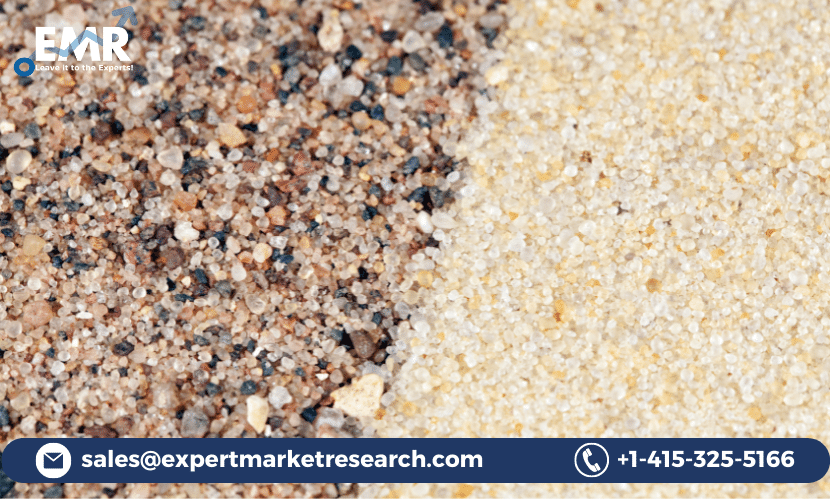Brick pavers are a type of paving stone commonly used to construct walkways, patios and driveways. Due to their low upkeep requirements, these stones come in an array of styles and colors.
Paving bricks are manufactured from clay that has been fired in a kiln, providing greater color retention than their concrete counterparts, which tend to fade with exposure to sunlight. Look out for the best paver companies adelaide.
Durability
Durability is an important factor when selecting a paving material, and bricks offer excellent durability. Made of clay and shale, they have the strength to support heavy loads. Furthermore, they undergo firing in a kiln at high temperatures which makes their surface nonporous so they won’t absorb water or decay over time.
These pavers also perform well in changing weather conditions, allowing them to expand and contract without cracking. This makes them an ideal choice for driveways, patios and sidewalks alike.
Another advantage of bricks is their longevity; unlike concrete, they don’t fade over time due to the natural pigments added during production. This helps keep them looking new for an extended period of time.
Bricks’ color remains more stable over time than concrete, giving homeowners more options in terms of colors than they would find with pavers.
Bricks do fade slightly with age. While this isn’t as much of a concern as with other paving materials, bricks could still fade if exposed to extreme temperatures or heavy foot traffic.
When comparing the longevity of brick and concrete, one major distinction is that concrete can be sealed to resist moisture damage – thus increasing its longevity. However, this added cost will inevitably affect project budgeting since more labor must be put into creating this durable surface.
Bricks don’t need to be sealed and can last a long time. Additionally, they’re more eco-friendly as the bricks are made from locally clays that are often recycled.
They’re more versatile than concrete, as they can be used to create interlocking paving. This means you can lay them out in any pattern for a more organic feel on your patio or walkway.
Easy to maintain
If you want to maintain the appearance of your patios, walkways and driveways without breaking the bank, brick pavers are an ideal solution. They’re tough, long-lasting and simple to care for – plus, their unique designs allow you to achieve a unique aesthetic.
Maintaining your paving bricks in optimal condition necessitates regular cleaning and sealing. Doing this helps avoid normal wear-and-tear caused by dirt, debris, and weeds.
The initial step in maintaining your pavers is to regularly sweep them, as this helps remove soil and dust accumulation and minimizes the likelihood of stains.
For heavy stains on brick pavers, a diluted solution of hydrogen peroxide and water can be used to eliminate them. Be sure to test this solution on an inconspicuous area first to make sure it’s safe for your bricks without damaging them.
You can also apply a dry agent such as corn starch or baking soda to the stains to absorb them and help them disappear faster. This will improve the aesthetic of your paved area without needing extensive scrubbing to get rid of stains.
Another way to clean your paving bricks is by using a hose and broom. This will help eliminate dust accumulation and leaves that could otherwise get stuck on the pavers, leaving them stained and discolored.
In addition to dust and leaves, you can also clean your bricks using a diluted detergent. This will eliminate dirt, mildew, fungi, and algae from the surface.
Before the rain arrives, it’s wise to wash your paving bricks. Doing this helps remove dirt that has built up and prevents stains from appearing. It is an easy and quick task you can do on your own.
Once your pavers have been cleaned and disinfected, seal them to protect them against fading and wear. Doing so will also stop the bricks from peeling or flaking.
The BIA suggests consulting the manufacturer of your pavers for advice on proper cleaning and sealing, since each installation differs. Generally, the most efficient cleaning method is to gently scrub them with a stiff-bristled brush using mild detergent as needed. You may also use low pressure power washer to give your pavers a deep clean.
Aesthetics
Paving bricks are an attractive choice for walkways, patios and driveways. They come in various shapes, sizes and colors to match with the rest of your landscaping, while being easy to install.
They’re durable, so you won’t have to worry about them breaking down or falling apart. Furthermore, they’re easy to keep clean and in great condition – you can even sweep up mud and debris with a simple broom!
Another aesthetic advantage of natural clay bricks is their longevity. Unlike concrete pavers, which fade with exposure to UV rays, natural clay bricks maintain their vibrant hues even with continued exposure. This is especially helpful if you live in an area prone to extreme weather events.
Brick sidewalks are an excellent way to add visual interest and define your home’s architectural style. Plus, these durable surfaces can withstand heavy traffic and severe weather conditions.
Choose from a range of styles, such as the herringbone pattern and basket weave pattern. The herringbone pattern is timeless and works well with either modern or traditional homes. On the other hand, the basket weave pattern offers something fun and unique when designing your walkway.
Basket weave patterns are a popular choice, but you can also incorporate other types of designs to add flair to your outdoor space. Whether you prefer something modern and formal or rustic that expresses your individuality, there’s sure to be a pattern that suits both your taste and budget.
Concrete paving products may struggle to deliver an eye-catching aesthetic, but with careful design of brick pavers you can transform your hardscape into a masterpiece. This includes everything from color schemes and layouts, as well as other design elements.
In addition to aesthetics, you should also take into account the functionality of your paving bricks. Doing so will guarantee you get the most from them and save you money in the long run.
Bricks are often preferred over other materials due to their ease of replacement if damaged. This makes bricks a great investment for homeowners and landscapers alike, since other materials cannot be easily replaced once damaged.
Cost
Brick pavers are an excellent way to add character and charm to your home and landscape. They come in various colors and styles, plus they last for years. Furthermore, if damaged, brick pavers are easy to repair or replace.
The cost of paving bricks varies based on size, style and material. You can purchase them from your local home improvement store or garden center; however if you want to install them yourself, additional tools and materials must be purchased which could add significantly onto the overall project cost.
If you are uncertain of your ability to handle this job yourself, hiring a professional is recommended. They have experience installing pavers and know the best ways to protect your property during construction. Plus, they’ll give you an estimate before beginning the project.
Paving bricks can be purchased at your local home improvement store or garden center, though they will likely be more costly than those you can make yourself. They weigh 11 pounds per square foot and may need to be delivered directly to you; this could increase the final cost by around $10 per square foot.
You have several other options for paving your driveway or patio. Plastic grids, which hold gravel or give grass a pattern to grow through, can be one option. While this will cost only a few dollars more per square foot, it is less durable.
Another option is using concrete. These can be pre-cast in the shape of traditional bricks or poured into patterned paver molds. Although more expensive than DIY projects, these personalized solutions allow for unique designs and patterns.
The cost of concrete depends on the design work involved and whether you opt for a custom pattern. A poured paver can be created to look like natural stone, brick, tile or faux wood.
The cost of a paved surface depends on several factors, including the size and style of your home, desired landscaping, and more. A straightforward project may cost only a few hundred dollars while more complex designs could easily run up against thousands of dollars in expenses.
Business Address: 28 Adelaide tce st marys 5042
Website: https://www.landscapingadelaide.net.au/
Phone: 0430 042 058









